Courses


 Compare
Compare
Architecture, the practice of designing and constructing buildings, has been around since human beings stopped living in caves and needed to put a roof over their heads. For thousands of years, there was no concept of ‘architecture’: people just built what they needed, as best they could, taking into account the materials available and the environment in which the structure or building needed to operate. Put simply, if you lived in a cold forest you need to make a warm house and you would almost certainly use wood to build it. If you lived in a hot, rocky desert you would want to build a house that kept you cool and you’d use stone as the main building material.
0 Lessons
Hours
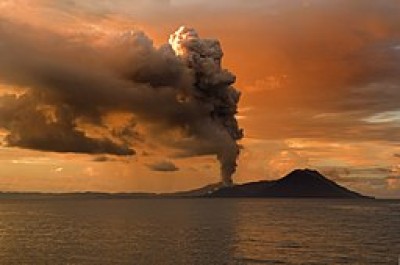
 Compare
Compare
Mountains are some of nature’s most beautiful yet most daunting features. The views of them and from them are some of the most memorable of our lives. But, where do these giants come from? And, what’s the difference between a mere hill and a true mountain?
0 Lessons
Hours
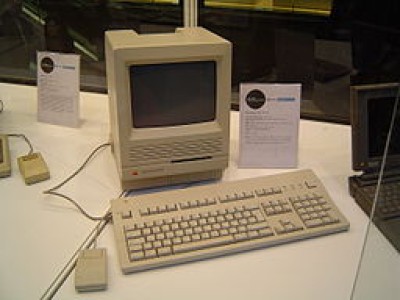
 Compare
Compare
It may seem odd but the computer has, in fact, been invented twice. The first time was in mid-nineteenth century Britain and, then again, a hundred years later in the same country. The reasons are complicated but the original inventor, Charles Babbage, was both impatient and uninterested in communicating his work. Besides, the machine itself was not actually built until a few years ago, although the design pre-dated it by a century and a half.
0 Lessons
Hours
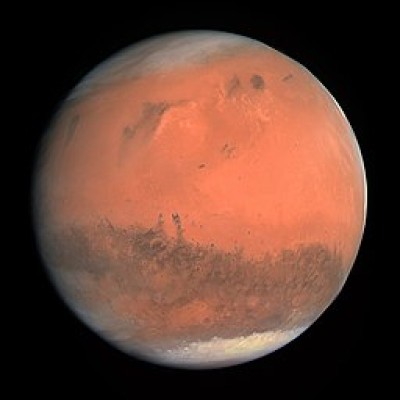
 Compare
Compare
We have no time to explore space exploration and the entire history of astronomy. So, we are going to ignore many of our adventures with building rockets and flying them to different parts of our universe. Exploration of our solar system captured the public imagination in 1961 when the Soviet Russian astronaut, Yuri Gagarin, became the first human being in space. Fuelled by competition between the two superpowers in the Cold War, the Soviet Union and the United States, America put a man on the moon eight years later. His name was Neil Armstrong. However, our trips to Mars and Venus are not so well-known. Here is the history of what we have discovered about these planets and our exploration of them.
0 Lessons
Hours

 Compare
Compare
From the first year of secondary school to postgraduate studies at universities around the world, there is nowhere to hide from Π. It is a nightmare for maths-hating teenagers and a never-ending mystery for professors who teach it in the daytime and dream about it at night. Since Archimedes tried to ‘square the circle’ in third century B.C.E. Sicily, at that time a part of the Greek Empire, mathematicians have wondered about this number. Nowadays, supercomputers can calculate Π to 1.4 trillion places, although we only need the first thirty-two digits to work out the size of the universe. So, why does Π continue to excite scientists and bore school kids more than two thousand years after Archimedes first played with the idea of this strange number?
0 Lessons
Hours

 Compare
Compare
Aristotle as long ago as 350 B.C. began classifying living organisms on the Greek island of Lesbos. This work has continued uninterrupted ever since. The best-known taxonomist was the Swede, Carl Linnaeus, who lived in the eighteenth century and who organized the classification of all living organisms into flora (plants) and fauna (animals). He also introduced a hierarchical system with class at the top of the pyramid, then order, followed by genus, and, finally, species.
0 Lessons
Hours
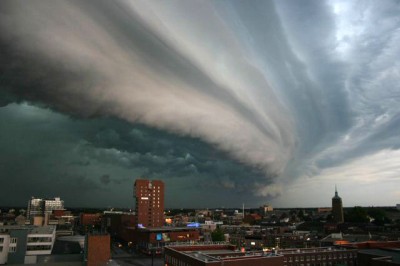
 Compare
Compare
Huge bits of half-frozen steam floating in the sky. That’s probably the best non-technical description of clouds. At a more minute level, they are made up of tiny particles of frozen water, called aerosols which, together in countless billions, make a cloud. The water gets in the sky through evaporation, the process in which liquid becomes gas, usually because of heat. This could be water rising from the seas and oceans or lakes; or it could be evaporation from places with a lot of plant life, typically a tropical forest. The source of heat is almost always the sun but some evaporation of water is from thermal and volcanic sources.
0 Lessons
Hours
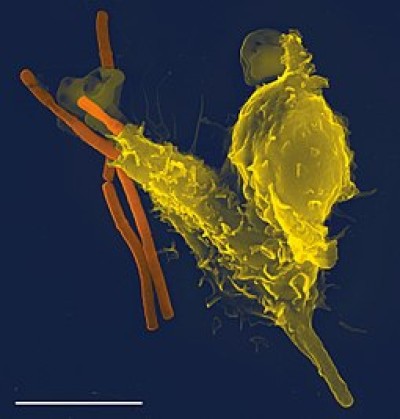
 Compare
Compare
Antonie van Leeuwenhoek lived for most of his long life (1632 to 1723) in the small town of Delft in Holland. He was a businessman and had a shop that sold curtains and material for furniture. In the early 1670s, he started to make lenses so that he could better see the quality of thread. In other words, his interest in microscopy was professional and commercial. But that was just the start. Those lenses were the beginning of a remarkable journey into the world of microscopic organisms.
0 Lessons
Hours

 Compare
Compare
The reign of Harun ur-Rashid as Caliph of Islam from 786 to 809 saw an unequalled flowering of the arts, philosophy and science in the Islamic world. It was Harun who built the House of Wisdom in Baghdad, the greatest library in all the known world, and who made his first capital city one of the most beautiful ever seen. However, it was also during Harun’s reign that the Abbasid Caliphs, as a political and military power, began their slow but unstoppable decline into insignificance in the Islamic world.
0 Lessons
Hours